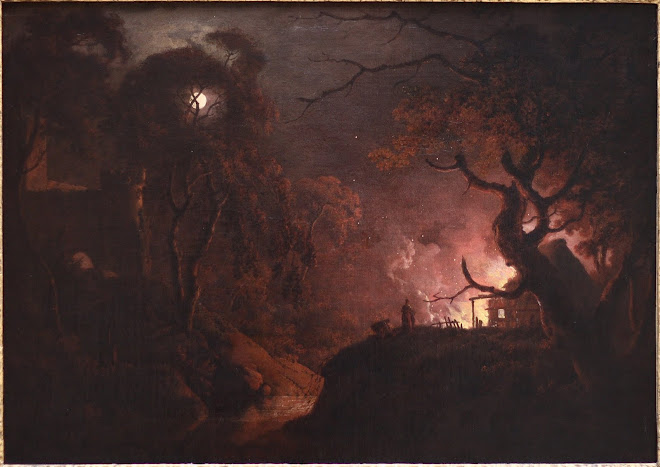The Surreal World of David Lynch
David Lynch is the master of creating and manipulating his own landscapes and environments. The way in which he plays with the perception of the viewer can create an unnerving, sometimes uncomfortable and always confusing feeling. The movies pull in the viewer, yet refrain from explaining the coded and surreal events as they unfold. There is an anti narrative of sorts - not a clear beginning, middle and end - just a series of questions and concepts on the viewers part.
This is an extract of an essay on the film Blue Velvet and covers many of the areas I am interested in, with particular reference to perception and the participation of the viewer. The full essay is linked below -
'the post-modern aesthetic relies on four tightly inter-related sets of concepts ; 'parody and pastiche', 'prefabrication', 'inter-textuality', 'bricolage'." Post-modernism, as Lyotard defines it, also implies a blurring of high and low cultural boundaries, the inability to distinguish between the 'real' and the artifice, the commodification of everyday life and the sense of the fragmentary, ambiguous and uncertain nature of living. To these features add heightened social and individual reflexivity, ironic self-referentiality, the de-differentiation of classical western categories, the questioning of meta-narratives and the concepts of the French Cinema du look, that of emphasised style - the fetishisation of the image.'
Chapter 3: Blue Velvet Post-modernism and Authorship
I am writing this blog in order to create my own moving and developing online version of a visual Journal. The sketchbook for me is the highlight of a project, from the research and the links forged, through to the journey of an idea, I am happily filled with a sense of excitement and purpose, I revel in the unravelling of information and in the development and articulation of the idea and spend hours filtering through sources in order to explain my intentions and let others know the map I have created in my own mind. The sketchbook process allows me to absorb my environment and contemplate my world, it allows me to grow and changes my path every time. To challenge myself in this final year I am endeavoring to try a new way of sharing and archiving my journey, putting aside the pritstick and Scissors, pulling up my chair and putting on my glasses this will now be my Sketchbook.
So here it begins a diary of the idea, growing and moving as I go forward with the project. It is what it is. What it will become ... I have no idea and to you the viewer I make no apologies.
So here it begins a diary of the idea, growing and moving as I go forward with the project. It is what it is. What it will become ... I have no idea and to you the viewer I make no apologies.
Joseph Derby

Cottage on Fire at Night, oil on canvas, ca. 1785-1793